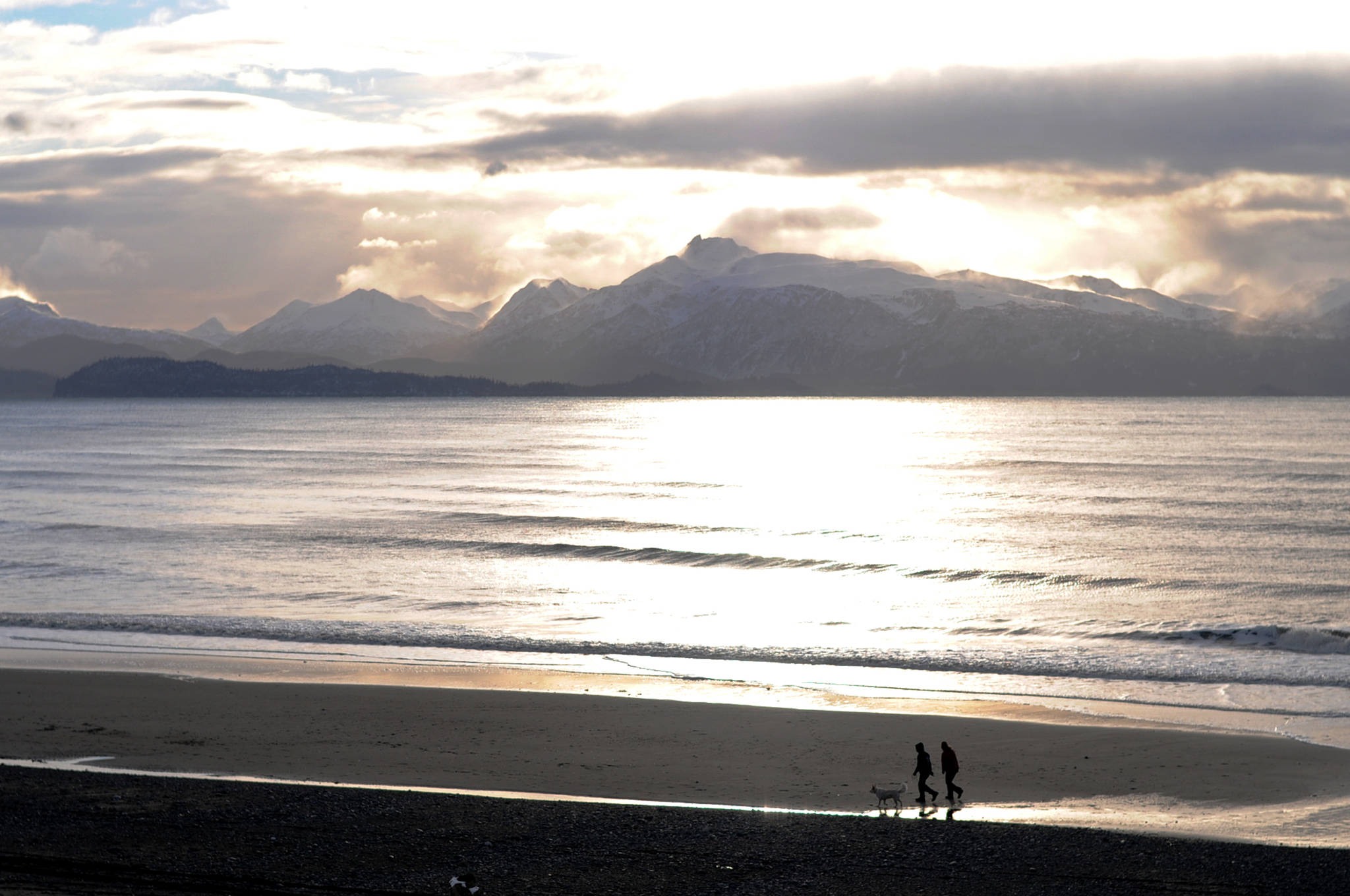Recreational and subsistence users will get a chance to fish for Tanner crab again in Cook Inlet this winter.
Cook Inlet’s noncommercial season for Tanner crab will open Oct. 1 and run through Feb. 28, 2018, with a bag and possession limit of three crabs taken with one pot.
It will be the first season in the last three years, as the noncommercial fishery has not been open since the 2011–2012 season, when the Alaska Department of Fish and Game closed it early due to conservation concerns. Every year since then, the fisheries have stayed closed because the abundance of legal-size male Tanner crab — crabs with 5.5-inch-wide carapaces or larger — was less than the threshold required for the fishery to open.
However, the Board of Fisheries passed a proposal amending the noncommercial harvest strategy for Tanner crab, setting a regular winter season and changing the minimum legal retention size for the carapace width from 5.5 inches to 4.5 inches. The season, defined in regulation as between Oct. 1 and the end of February, will take place every year, and Fish and Game managers can open it earlier if survey data shows there to be a large number of legal male Tanner crab in the area.
One of the main concerns was a lack of funding to conduct surveys, according to the proposal, submitted by Fish and Game.
“If the harvest strategy is not amended, the noncommercial will remain closed until funding is restored to conduct trawl surveys,” the proposal states. “These provisions allow the potential for limited opportunity for subsistence, personal use and sport users when the department cannot conduct surveys for three or more years.”
The gear and number of crabs allowed for retention is more conservative under the new regulations — while the allowance used to be five crabs with two pots, it’s been reduced to three with one pot in Cook Inlet. The seasons and limits are different in Prince William Sound and on the North Gulf Coast.
The biologists recommended changing the size for a couple of reasons, according to Dr. Ken Goldman, a biologist with the Division of Commercial Fisheries in Homer who works on the Tanner crab surveys. The established thresholds are based on data from years ago, and the situation in the bay has changed. There are not as many Tanner crabs in Kachemak Bay as there were in the 1980s, leading to closed commercial fisheries and restricted noncommercial uses, but there may still be enough for sustainable harvest at lower levels, he said.
Kachemak Bay also has a higher rate of terminal molting among Tanner crabs than other areas of the state, he said. Terminal molt is the name given to the state when the crabs stop growing at a certain size. In Kachemak Bay surveys conducted with a trawl net, researchers noticed it happening to small males just before they reached legal size, Goldman said. So the biologists wondered whether there were a large number of mature males technically below the legal size that could be harvested, he said. A biometrician who works on crab populations in the Bering Sea consulted and confirmed that they could reduce the legal size, Goldman said.
“The justification is if you think about it, in any population … you have some individuals that grow to their size at a faster rate and some that grow at a slower rate,” he said.
The researchers are planning a survey in late August and early September, Goldman said. Because there has not been a commercial fishery on Tanner crab in Kachemak Bay since 1994, there is no data to draw from that, and the researchers have not done an independent survey with a trawl net since 2013. The fishery in the winter will still take place, but high abundance estimates on surveys in the future could lead to the season opening earlier.
The goal is to allow some fishing opportunity while still ensuring the harvest is sustainable, Goldman said. The survey will also allow them to take more data back to the Board of Fisheries to discuss the thresholds and harvest strategy in the future, he said.
“It is a valid question to ask whether the thresholds are reasonable,” he said.
Reach Elizabeth Earl at elizabeth.earl@peninsulaclarion.com.

